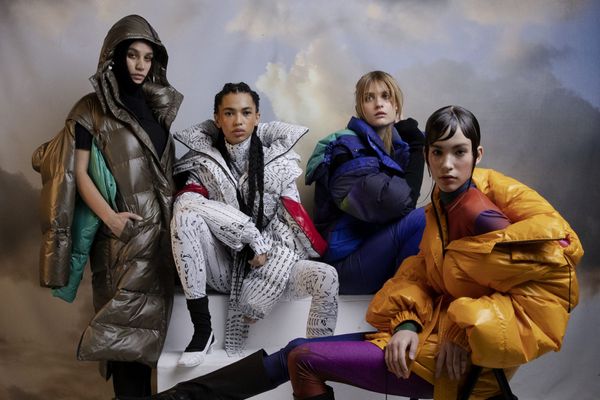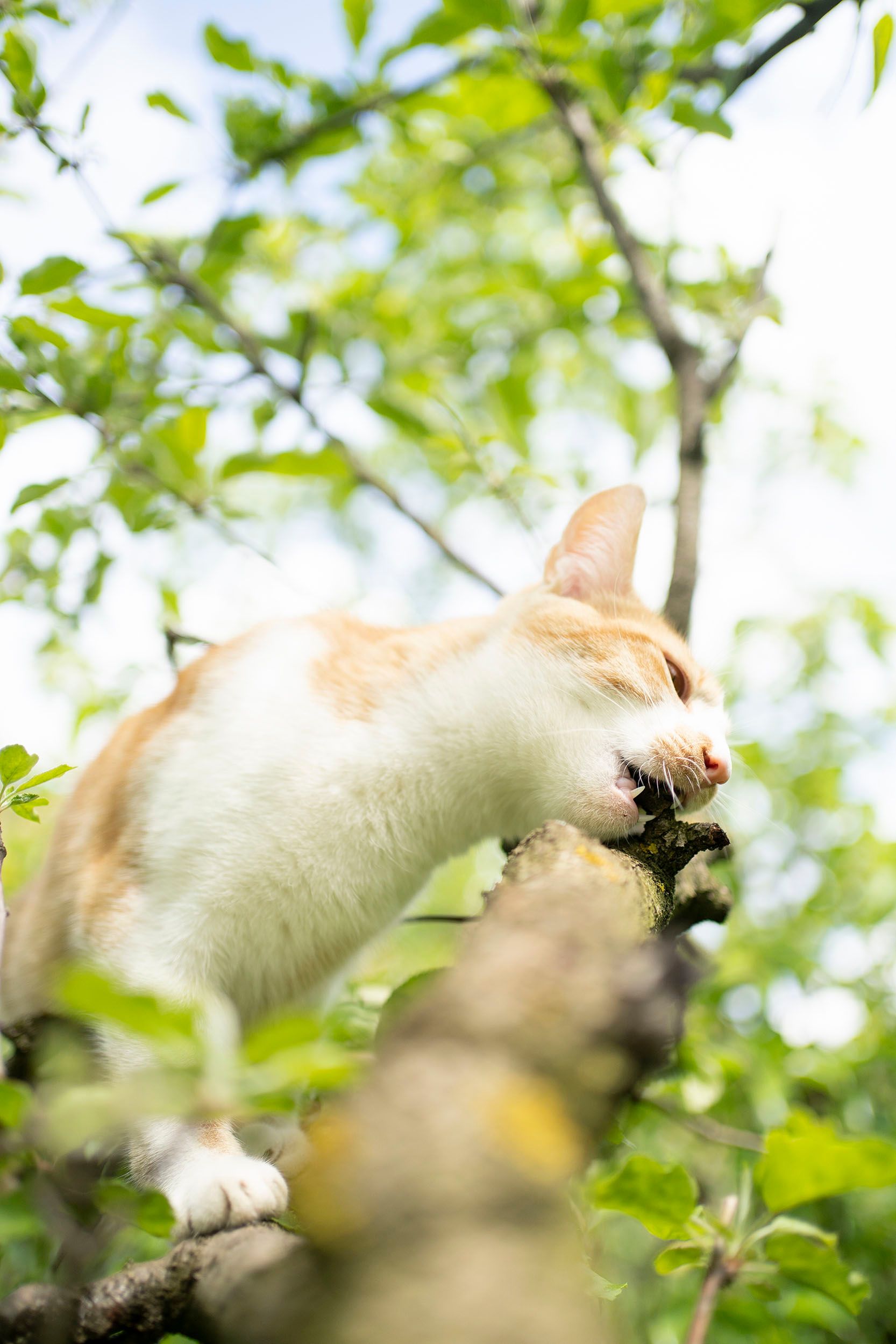Photographer Roxi Pop left her partner and her apartment in Cluj-Napoca behind to spend the lockdown with her family in Mediaș and thus to save money. What started out as a simple photo journal turned out to be a fantastically allegoric photo series about connection to nature, long distance relationships, familial generosity and the healing power of gardening.
The photographer was interviewed by the Calvert Journal.
Tomas is from Zoersel, Belgium, while I’m from Mediaș, a city in the Sibiu county, Romania. We met in December 2015 in Cluj-Napoca. At the time, Tomas was photographing gold mines and collecting feedback from other local photographers. We were put in touch by a friend, and have been together ever since.
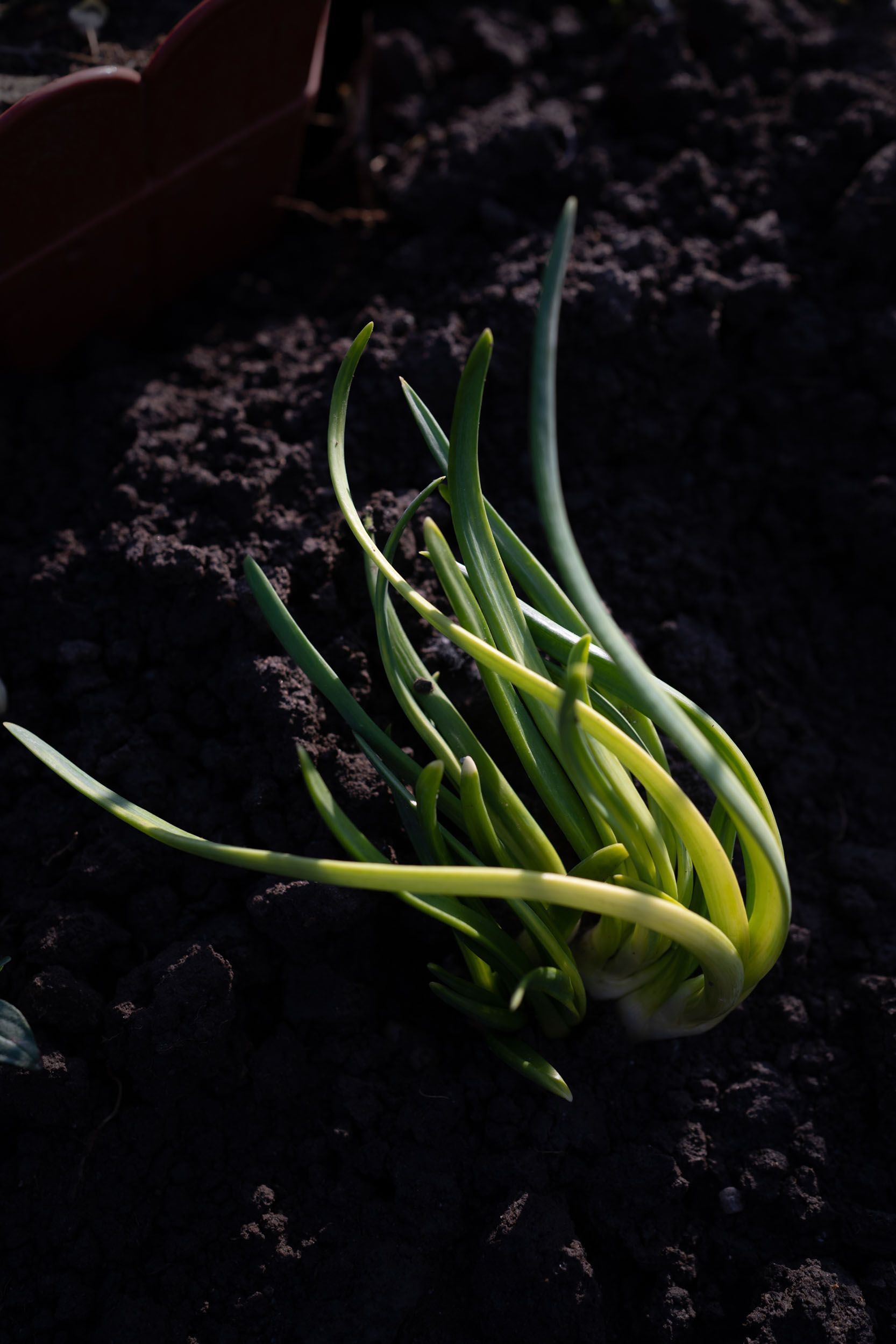

I’ve loved sharing Romanian culture with Tomas, especially my connection with nature and the land. In Romania, 50% of agriculture consists of people growing food and raising animals: only younger generations have better paid jobs allowing them to afford to buy food from supermarkets. My family has a big garden with fruits and vegetables on the outskirts of Mediaș: each time we visit my family, we leave with a car full of food.
The plan was for Tomas and I to move to Belgium in 2020, but when Covid-19 hit the country, we had to give up our apartment in Cluj. As my freelance gigs were canceled, I decided to move back to my parents’ and help them with work in the garden, hoping our lives would be back to normal in a few months.
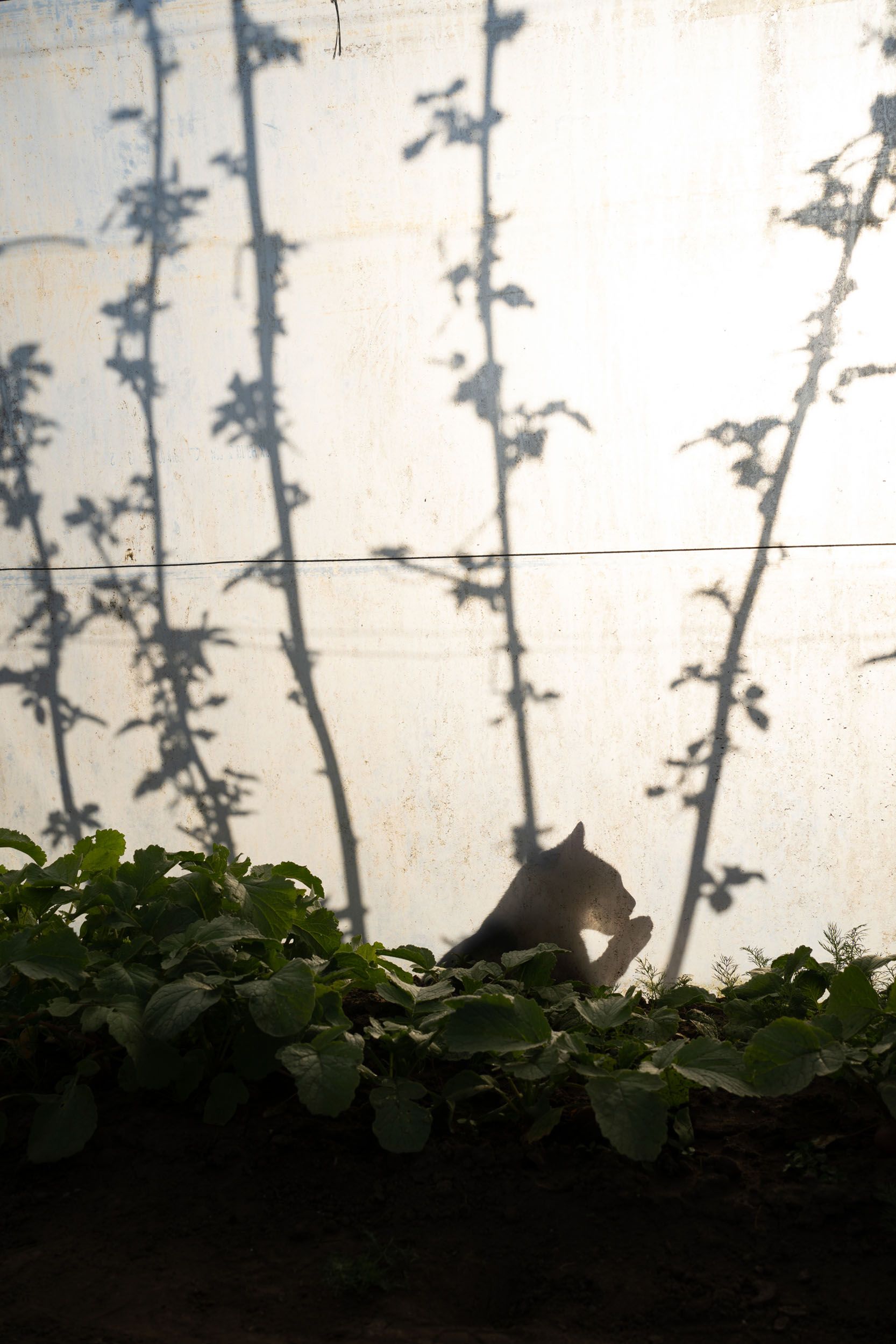

I drove to Mediaș with my two cats and a car full of belongings. The cats cried throughout the journey and I cried too. In the beginning, I tried to take every day as it came. I tried to stay busy, by working in the garden, cooking, unpacking my belongings, and spending time with my grandparents. My parents spend most of their time growing things, making something out of nothing. The month I moved back is what my mother refers to as “the spring campaign”: when thousands of baby plants poke through the soil and have to be replanted in the greenhouse.
At the end of June, me and Tomas finally found a way to be together. We met in Hungary and drove all the way to Belgium with the cats. Now we are living in Antwerp, in an apartment with a small garden. Romania is back on Belgium’s “red list”, which means that I can’t go home to see my family.
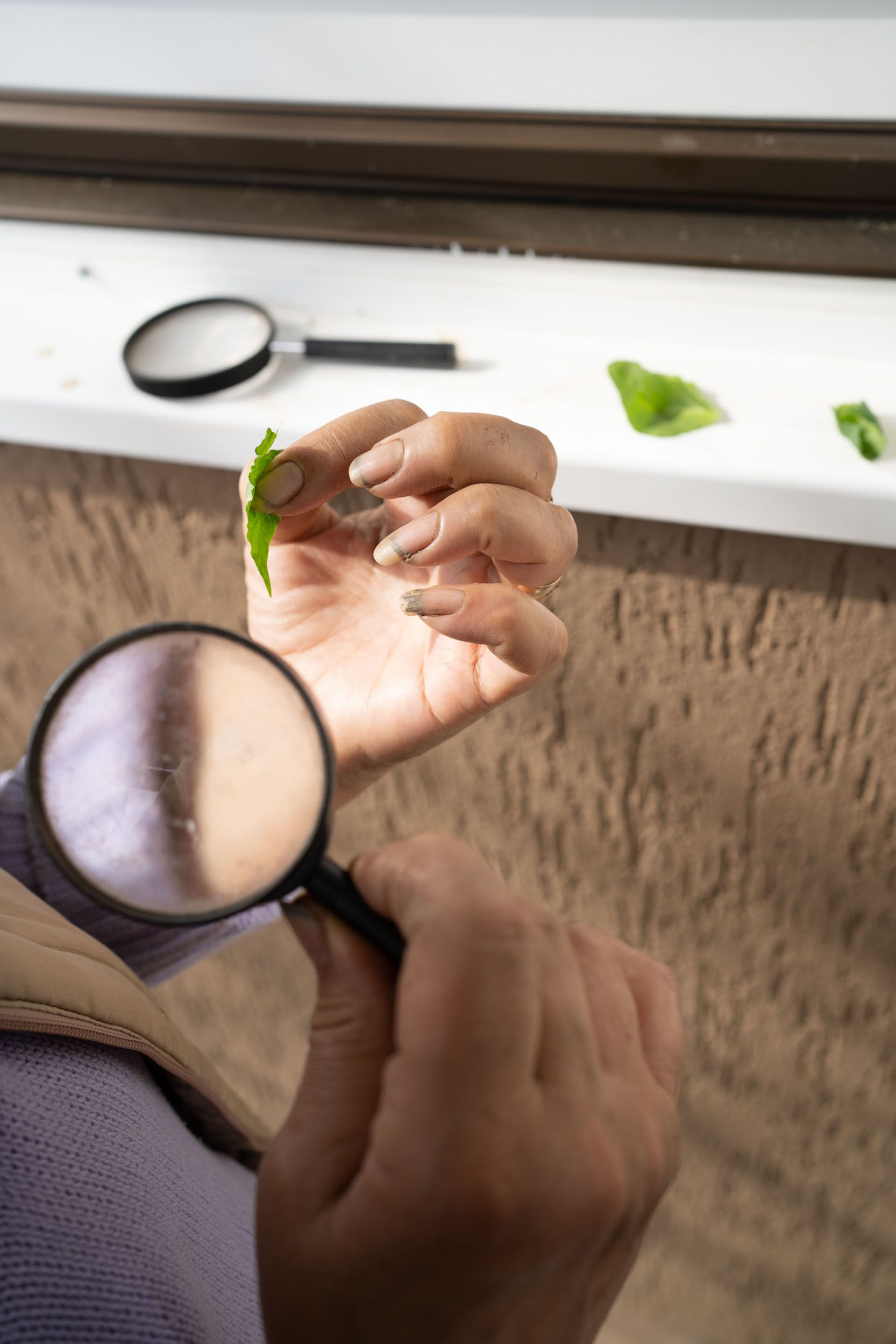
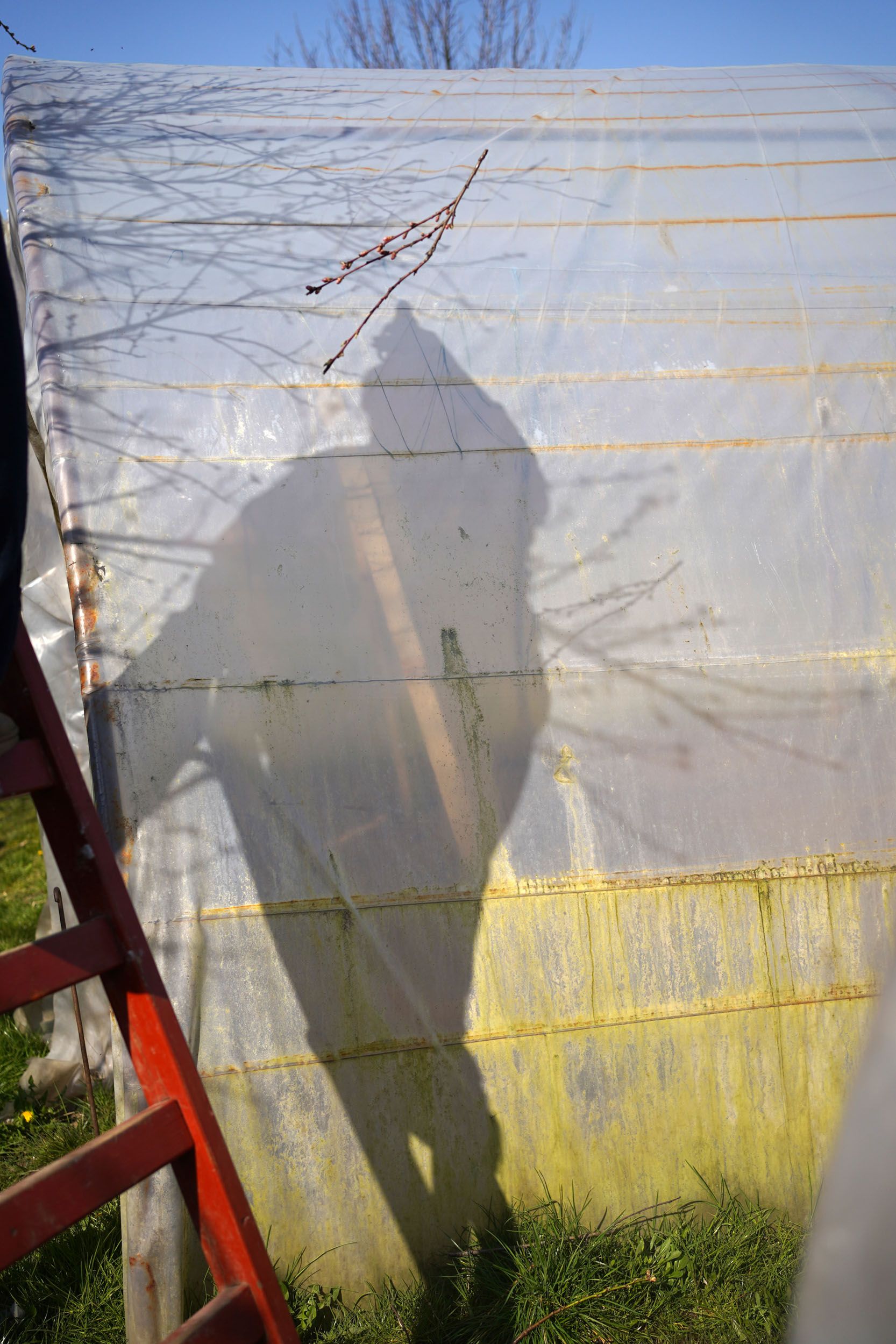
This situation taught us a lot and made me and Tomas more resilient as a couple. In last August, we received a huge package from my parents: 40 kilograms of cauliflower, big juicy heirloom tomatoes, hot peppers, celery, aubergines, plums, hazelnuts, blackberries, and much more. My parents’ garden kept me grounded in moments when I felt like nothing made sense. Nature is humanity’s greatest teacher: it shows us that there is a beginning and an end, there is happiness and sorrow, there is life and death.
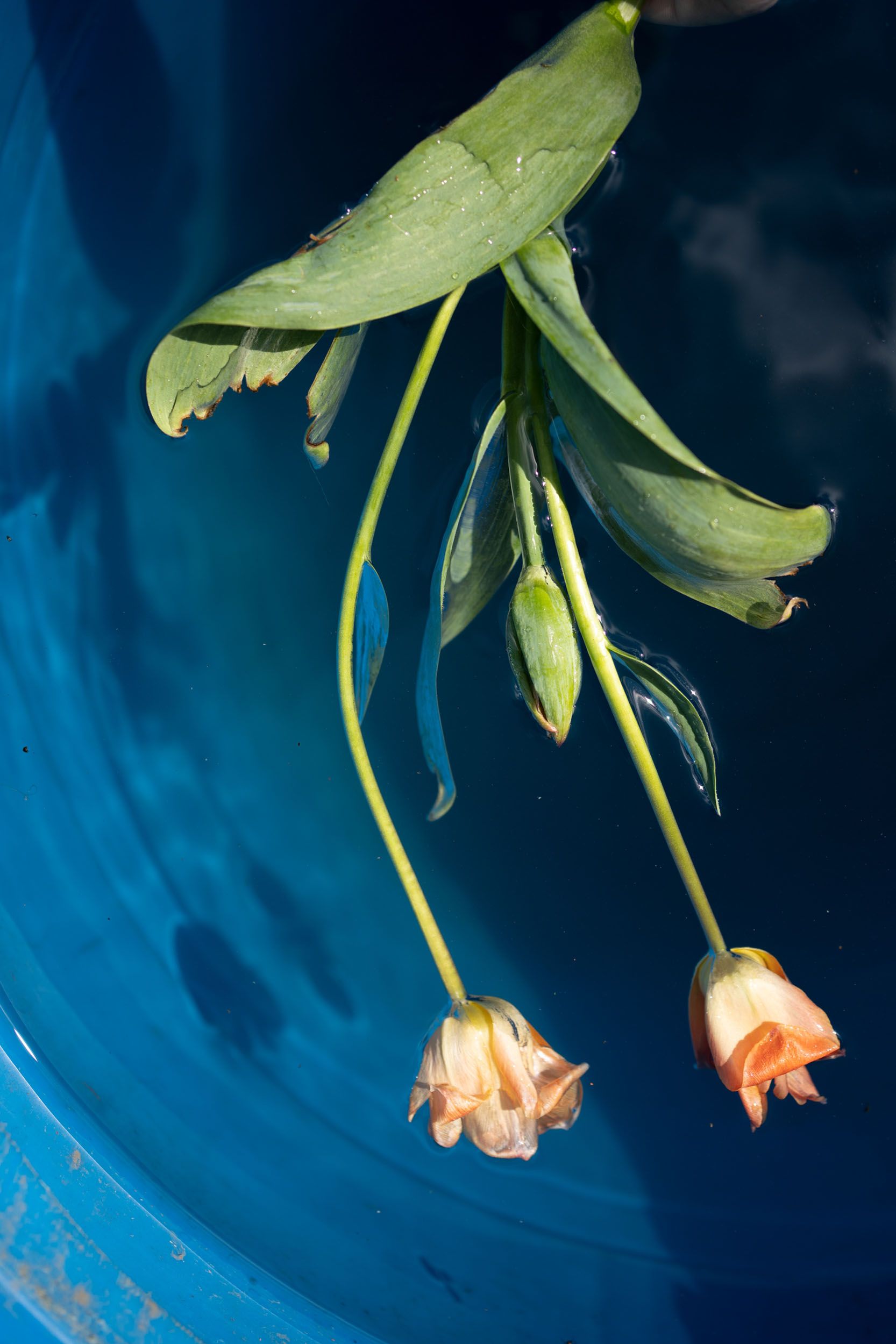
Source: Calvert Journal

Illustrations in the name of environmental awareness | Be Green
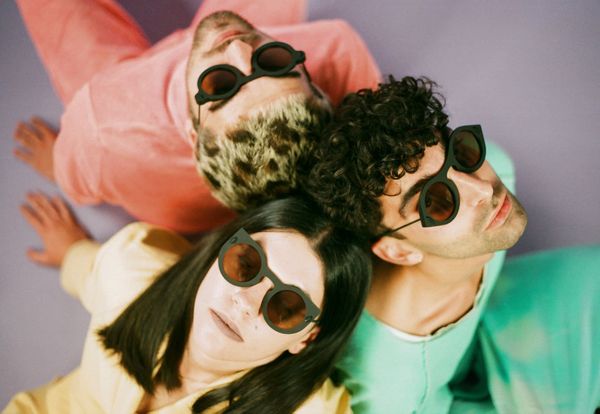
The coolest sunglasses in Eastern Europe | TOP 5
